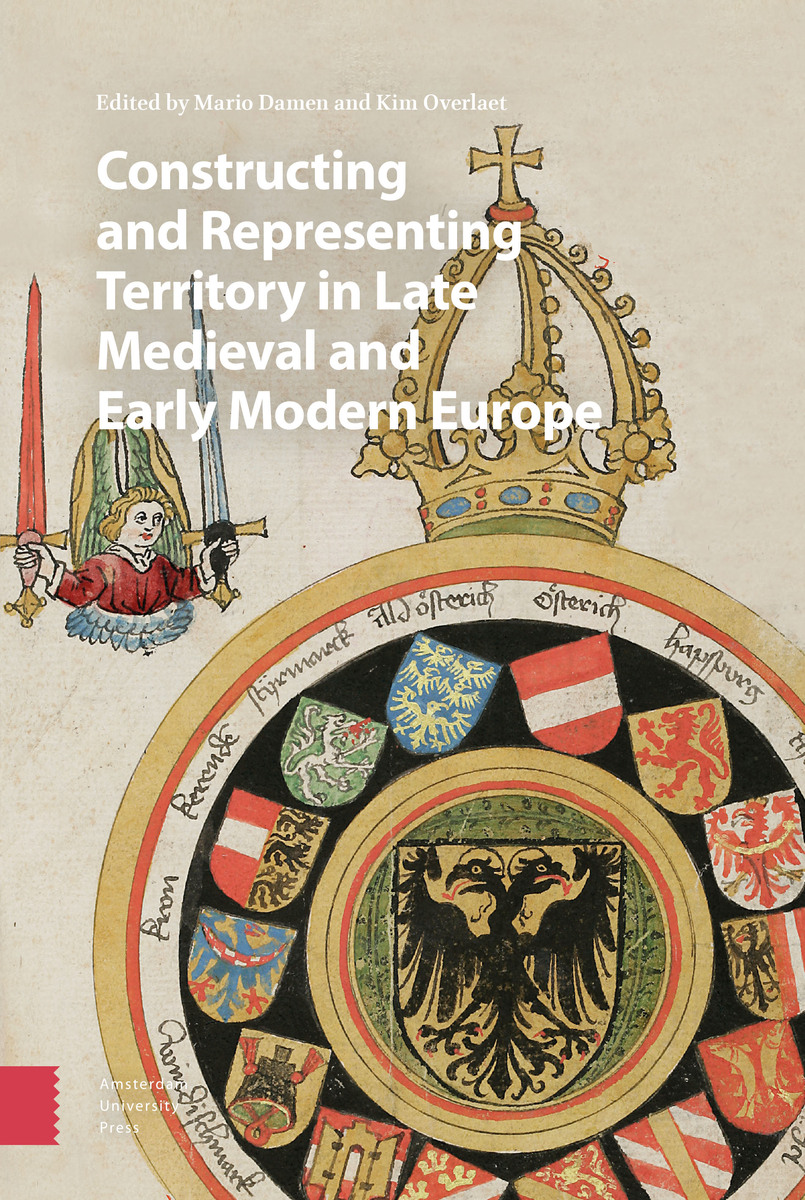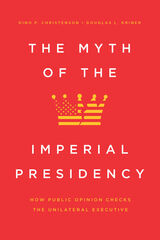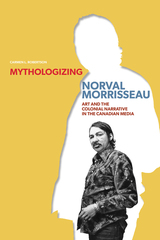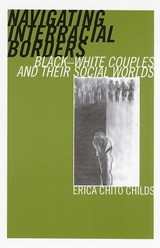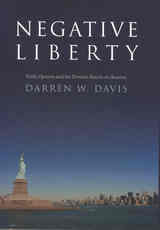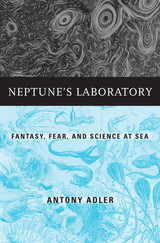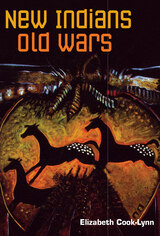Constructing and Representing Territory in Late Medieval and Early Modern Europe
Amsterdam University Press, 2022
eISBN: 978-90-485-5180-4
See other books on: Constructing | Europe | Historical Geography | Human Geography | Renaissance
See other titles from Amsterdam University Press
eISBN: 978-90-485-5180-4
ABOUT THIS BOOK | AUTHOR BIOGRAPHY | TOC
ABOUT THIS BOOK
In recent political and constitutional history, scholars seldom specify how and why they use the concept of territory. In research on state formation processes and nation building, for instance, the term mostly designates an enclosed geographical area ruled by a central government. Inspired by ideas from political geographers, this book explores the layered and constantly changing meanings of territory in late medieval and early modern Europe before cartography and state formation turned boundaries and territories into more fixed (but still changeable) geographical entities. Its central thesis is that analysing the notion of territory in a premodern setting involves analysing territorial practices: practices that relate people and power to space(s). The book not only examines the construction and spatial structure of premodern territories but also explores their perception and representation through the use of a broad range of sources: from administrative texts to maps, from stained glass windows to chronicles.
See other books on: Constructing | Europe | Historical Geography | Human Geography | Renaissance
See other titles from Amsterdam University Press
